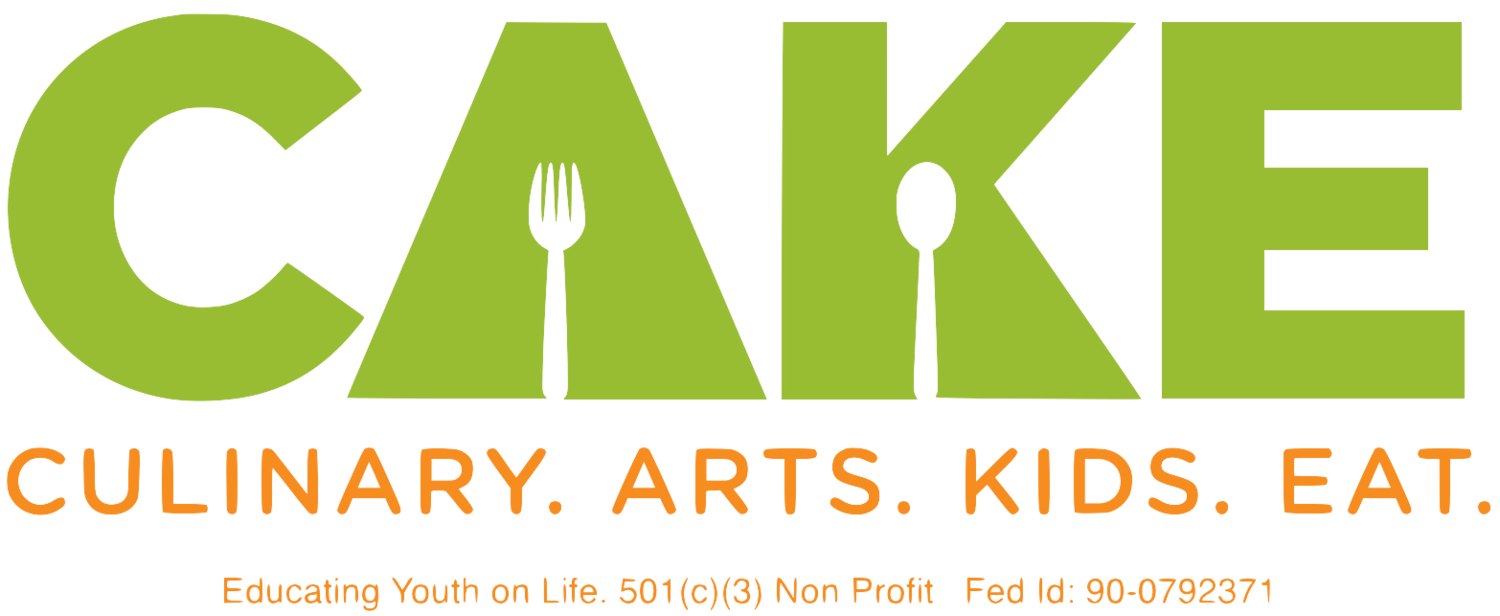The Problem:
Since 1980, the United States has seen an unprecedented growth in the prevalence of individuals who are overweight or obese. Currently, about 17% of youth aged 2-19 years of age are obese and among adults more than one-third or 34.9% are obese. (Ogden, et. al, 2014) Obesity does not evenly distribute itself among the population. Higher rates of obesity are seen among minorities, specifically Hispanics and African-Americans and individuals living within lower-income communities.
Contributing Factors:
At the core, the rise in obesity can be attributed to an imbalance in the amount of calories consumed and calories expended. Simply put, Americans are eating more and exercising less. In order to halt and reserve the growing trend in obesity, interventions need to be targeted at multiple levels, from the individual all the way to the policies that influence one’s capacity to engage in healthy behaviors.
Why do wee need to act now?
- Obesity tracks from childhood to adulthood. Studies show that children who are obese have an increased likelihood of being obese as adults (CDC, 2012)
- Obese individuals are at increased risk of: type 2 diabetes, stroke, and heart disease, which are some of the leading causes of preventable deaths in the United States
- Great economic implications. In 2008, direct medical costs associated with obesity was $152 BILLION. This does not include economic costs due to loss worker productivity, which has been estimated at $30 BILLION annually.
What is C.A.K.E. doing to help our youth advocate for positive change?
- Increasing students’ awareness of the multiple factors that contribute to the obesity epidemic including:
- Built environment
- Access to healthy food (food deserts)
- Marketing
- Allowing students opportunities to use their voice to create change through letter writing campaigns to elected officials and video projects
- Equipping them with the knowledge and expertise to be ambassadors of health to their peers and community
Organizationally, C.A.K.E. works to build strategic partnerships with other community based organizations, health coalitions, and businesses to advocate for positive change that directly affect our participants and communities



